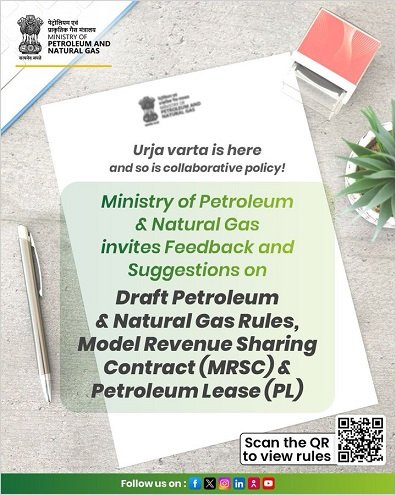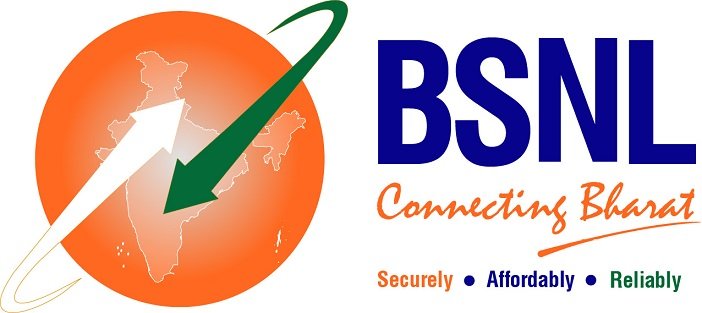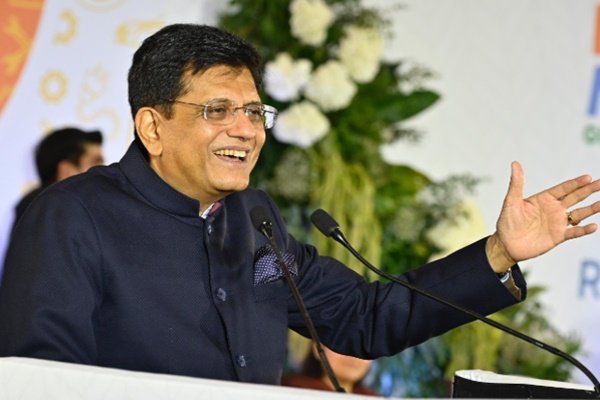Last Updated on July 9, 2025 1:27 pm by BIZNAMA NEWS
By Andalib Akhter
In a significant move to modernize India’s energy governance and align it with global standards, the Ministry of Petroleum and Natural Gas released the Draft Petroleum & Natural Gas Rules, 2025, on Wednesday. Aimed at strengthening investor confidence and ensuring environmental sustainability, these rules are part of a larger push to accelerate oil and gas exploration under the leadership of Prime Minister Narendra Modi.
Announcing the initiative on social media platform X, Union Minister Hardeep Singh Puri said the new reforms are “pathbreaking” and designed to enhance ease of doing business for Exploration and Production (E&P) operators. The ministry has also released a revised Model Revenue Sharing Contract (MRSC) and updated Petroleum Lease format alongside the draft rules. Public feedback on the draft and related documents has been invited until July 17 via email, with the consultation process set to conclude at Urja Varta 2025, to be held at Bharat Mandapam, New Delhi.
One of the key features of the draft rules is a stabilisation clause, which protects lessees from adverse fiscal or legal changes. This provision will allow companies to seek compensation or tax relief if new policies result in financial burden—an effort to create a predictable and secure investment environment.
The draft rules also emphasize infrastructure optimization. Lessees will now be required to disclose underutilised pipeline and facility capacities and allow third-party access under government oversight, thereby improving transparency and efficiency.
In a first for India’s upstream energy sector, the draft allows the integration of renewable and low-carbon energy sources—such as solar, wind, hydrogen, and geothermal—within oilfield areas. These green initiatives can be implemented without disrupting petroleum operations, provided all safety and environmental regulations are observed.
A major focus of the proposed framework is environmental sustainability. The draft rules introduce robust guidelines for greenhouse gas (GHG) emissions monitoring, mandate carbon capture and storage (CCS) measures, and require E&P operators to maintain site restoration funds. A mandatory five-year post-closure monitoring period has also been proposed to ensure long-term ecological safety.
Regarding data governance, the rules clarify that all operational data and physical samples generated during exploration and production will be owned by the Government of India. Lessees may use this data internally, but any external use or export will need prior government approval. Data confidentiality will be maintained for up to seven years.
To enhance legal enforcement, the rules propose establishing a dedicated Adjudicating Authority, not below the rank of Joint Secretary. This body will oversee regulatory compliance, mediate disputes, and impose penalties when necessary.
The Draft Petroleum & Natural Gas Rules, 2025, are intended to replace the outdated Petroleum Concession Rules (1949) and the Petroleum and Natural Gas Rules (1959). They follow recent amendments to the Oilfields (Regulation and Development) Act, 1948, and come ahead of the upcoming OALP Round X, India’s biggest oil and gas exploration bidding round under the Open Acreage Licensing Policy.
Minister Puri emphasized the impact of the reforms, stating, “It has never been easier, faster, and more profitable to explore oil and gas in India.” The government now looks forward to industry engagement in shaping a modern, transparent, and investor-friendly energy ecosystem.



